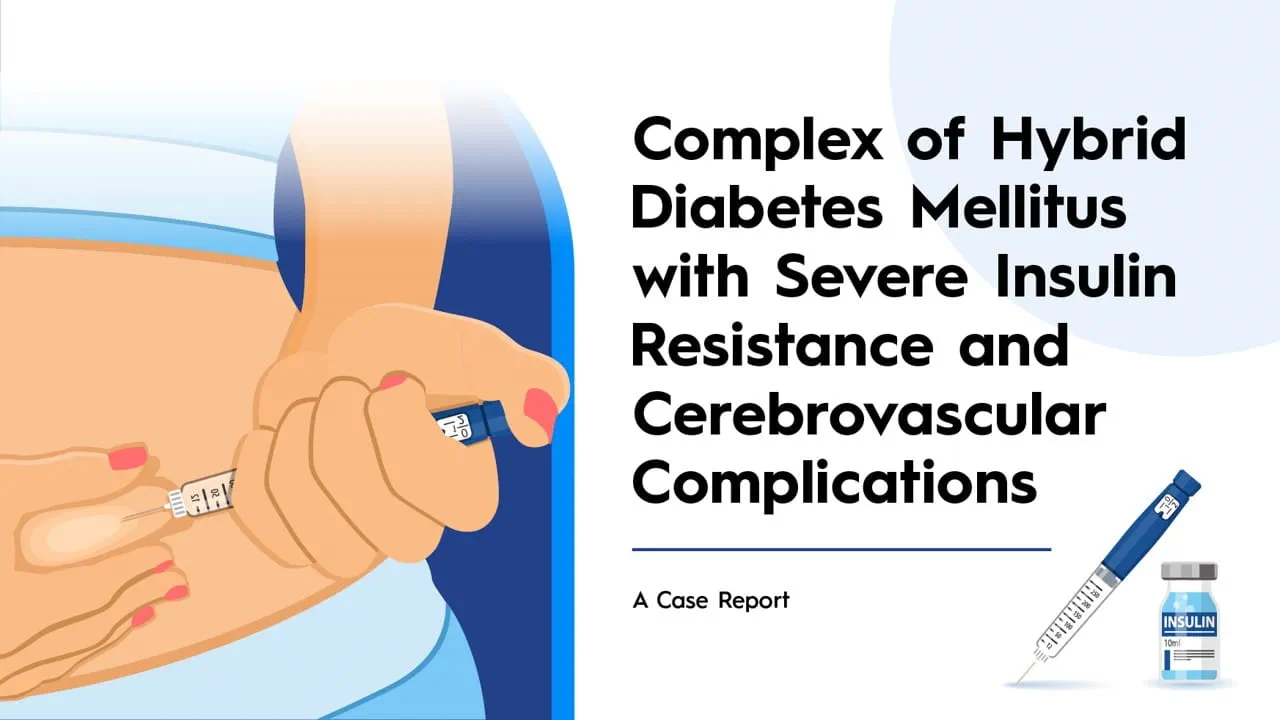Hey there! Welcome!
Get updated on
Select Speciality
Top Picks
17 Dec, 25
Global Consensus Statement addresses the epidemiology, diagnosis, and management of IBD in pregnancy, emphasizing preconception disease remission, high-risk pregnancy classification, and structured diagnostic monitoring. It supports individualized management with continuation of most standard and biologic therapies to maintain disease control, while identifying specific agents requiring discontinuation prior to conce...
2 Dec, 25
The AACE Algorithm on obesity/ABCD care provides detailed guidance on various aspects of management such as screening, diagnosis, tailored plans, therapy response, medication hierarchies, individualized pharmacotherapy, & FDA-approved treatments.
19 Dec, 25 Int Endod J.
Int Endod J.
- Patients with mature mandibular molars presenting with periapical lesions in the vit D grp received oral vit D supplements to raise serum 25(OH)D to 30–50 ng/mL vs 20–30 ng/mL in controls in this trial
- Vit D grp had significant reduction in lesion area after RCT (p<0.05) but fractal bone analysis & TNF α levels did not differ
- Optimal vit D accelerated periapical healing, supporting its role in teeth healing.
18 Dec, 25 Eur J Obstet Gynecol...
Eur J Obstet Gynecol...
- Point-of-care (POC) testing significantly improved initial antibiotic appropriateness in Mycoplasma pneumoniae community-acquired pneumonia (CAP)
- In retrospective study of 81 ED patients, initial antibiotic therapy was more frequently appropriated in the POC group vs. Lab group (65% vs. 16%; adjusted OR=9.9, 95%CI: 3.4–29.1; P<.001)
- POC also reduced unnecessary additional diagnostic tests.
18 Dec, 25 Diabetes Res Clin Pr...
Diabetes Res Clin Pr...
- As per STRiDE study (3070 women, 2703 screened), prevalence of EGDM (GDM diagnosed before 20 wks; FPG 92–125 mg/dL) was 21.5% & of LGDM (FPG < 92 mg/dL & abnormal OGTT) was 19.5%
- EGDM women had higher pregnancy wt (63.9 vs 61.2 kg), BMI (25.8 vs 25.0 kg/m²), HbA1c (5.3% vs 5.1%), & GDM history (8.5% vs 5.3%)
- Prior GDM predicted EGDM & family history predicted LGDM
- EGDM has distinct metabolic risk profile vs LGDM.
18 Dec, 25 BMC Pregnancy Childb...
BMC Pregnancy Childb...
- A meta-analysis of 14 RCTs (N=3637)
- Prenatal yoga, which integrated aerobic activity and mindfulness, significantly improved delivery outcomes
- It reduced cesarean risk (RR=0.45, P<0.01), preterm birth (RR=0.29, P<0.01), perineal laceration (RR=0.41, P<0.0007), and shorter labor duration (MD=-2.10 hrs, P<0.0001)
- Yoga combined with nursing care enhanced maternal health compared to standard care.
12 Dec, 25
Featured

11 Dec, 25

11 Dec, 25

9 Dec, 25































